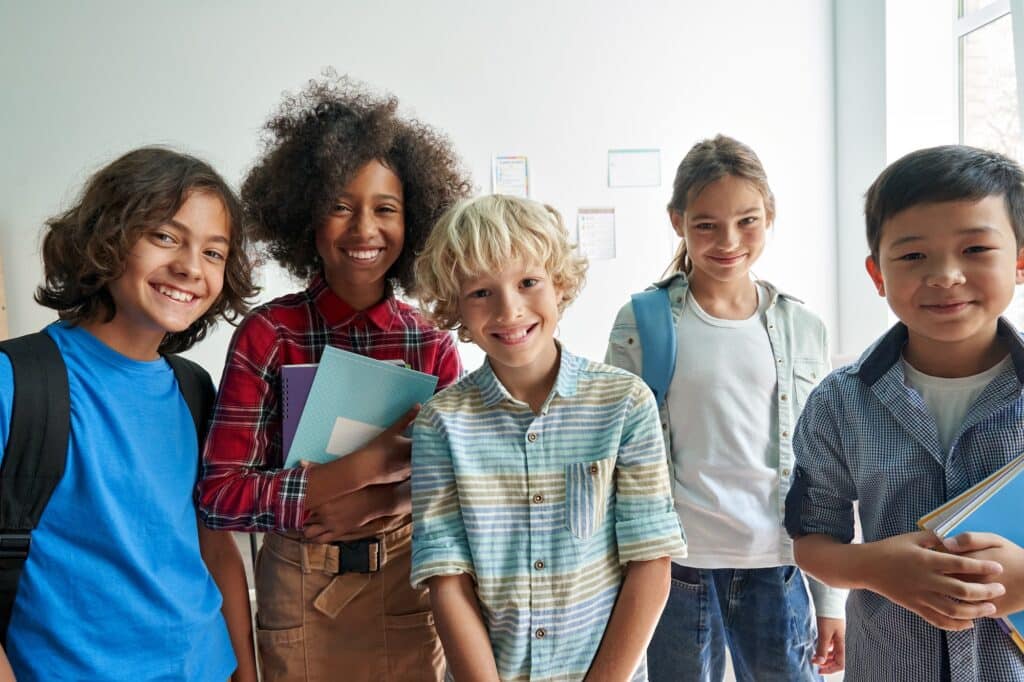
Rights, Respect,
Responsibility
Use this page to search, explore, and download lesson plans from our K-12 Sexuality Education Curriculum.
Search 3Rs

Use this page to search, explore, and download lesson plans from our K-12 Sexuality Education Curriculum.